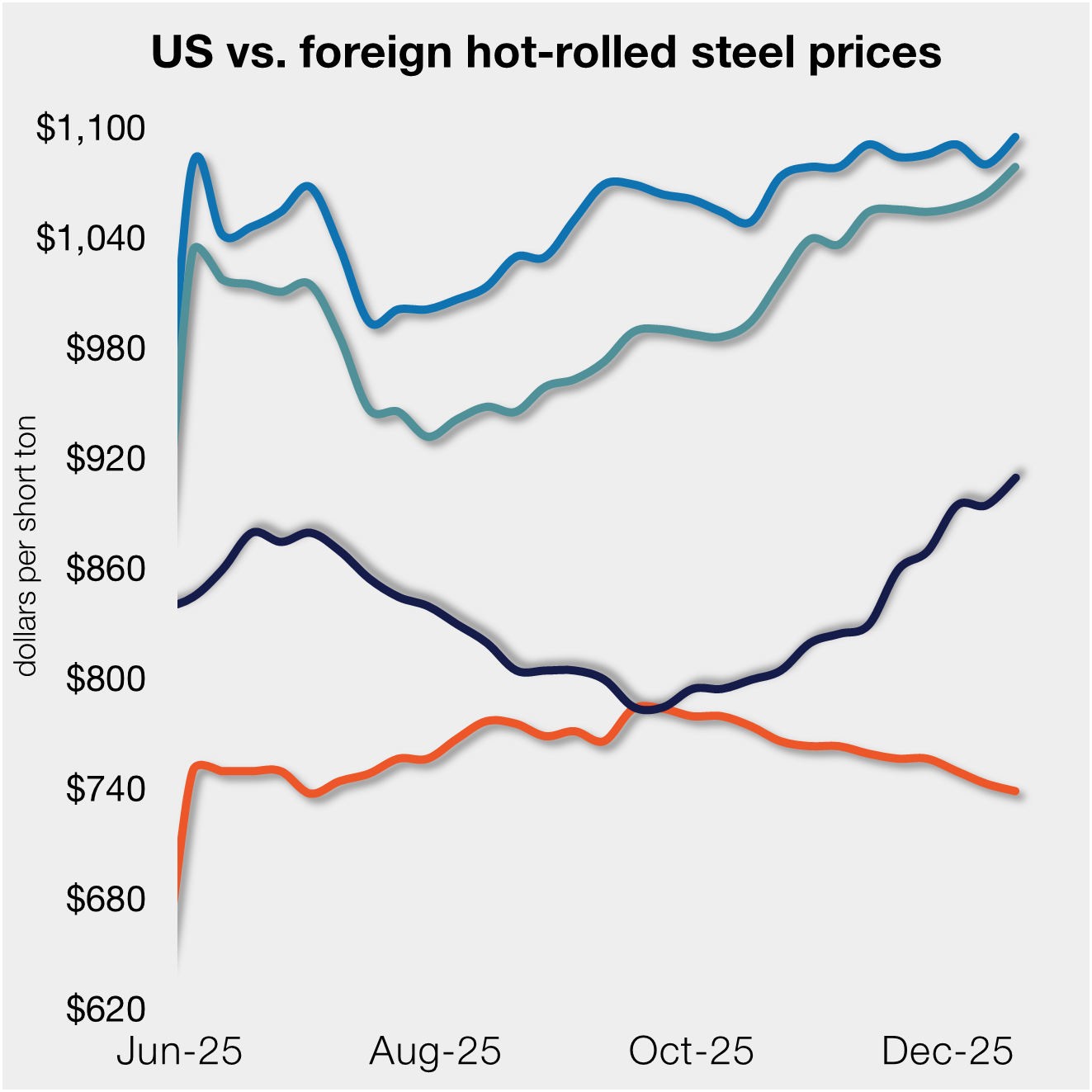Prices

July 13, 2014
OCTG Decision "No Slam Dunk..."
Written by Peter Brebach
The following article comes from one of our contributing writers, Peter Brebach. Peter is an active trader who deals in the pipe and tube markets and understands the impact of the US Department of Commerce final determination on oil country tubular goods (OCTG). Here is what Peter has to say:
The just published final determinations gave US domestic producers most of what they were hoping for and what they paid for. To be clear, this is no slam dunk, as enough mills or countries were given margins that are low enough to make future business feasible, especially if market prices in the US were to go up. In general, the results are a bit confusing, especially when compared to the preliminary numbers, so allow me to attempt to analyze them.
Most of the head-shaking is probably taking place because of the Korean numbers. The import community as well as the Korean mills themselves had seemed to be in agreement from the beginning that Hyundai would get a lower margin than Nexteel, but that turned out not to be true. In the preliminary phase, the country, clearly the main culprit in this battle, got a big fat zero, while in the final determination, Nexteel came away with a lower number, and at 9.9% might not be totally out of the picture. However, even the 9.9% assessed to them is nothing to sneeze at and will definitely make their future exports to the US more difficult, while the 15.7% for Hyundai and the 12.8% for all others will put serious question marks on their future ability to bring tons into this market. After all, in today’s market, 12.8% will amount to well over $100 per ton, and even the most efficient Korean mills will have a hard time to absorb that. In either case, it is not out of the question that Posco, the main Korean Coil Supply will sharpen their pencil a bit more to keep these guys competitive and maintain their business of selling them their raw material.
Beyond that, it can be safely assumed that with total (AD and CVD) margins of over 100%, Thailand and Vietnam are totally out of the picture. Then there is Turkey, which by some sleigh of hands, got their margins pushed up substantially between the prelim and final decisions, and where Borusan has the lowest total margin at roughly 16%. That makes any future exports from anybody there highly doubtful. In India, only one mill (GVN) got a low enough number, at 7.7%, to make future exports possible, while the rest is at 18.2% or higher, which should be considered prohibitive. HLD Clark in the Philippines came away with 9.9%, and if they find cheap enough Chinese coil, they might still be in the game. The Ukraine got 6.7%, which might be manageable, especially for their seamless material, but the clear winners are Taiwan, with 2.5% and Saudi Arabia with 2.7%.
All in all, at least in my opinion, this is a rather mixed bag. While this will make a serious dent into the import stream, there are enough mills and countries left with manageable margins to maintain or even increase their exports. Furthermore, we must not forget in this evaluation that there are other mills and countries out there, which were not part of this trade case, and which therefore might be encouraged to increase their shipments. The mills in Vietnam that were just shut out were mostly Chinese or Korean transplants, and apparently, it does not take much to uproot one of these mills and put it down across the river in Cambodia or elsewhere.
However, the largest threat to the market comes from new domestic capacity. As I have explained in this space, the total size of the US market for OCTG is between 6 and 7 million tons. Old US domestic capacity is about 6 million tons. New domestic capacity, either just installed, under construction or on the drawing board, amounts to 3 – 4 million tons, totaling 9 to 10 million tons. Add to that imports, which in my opinion will not fall much below 2 million tons, if at all, and you still end up with 11 to 12 million tons of supply. Even when following the most optimistic observers, who believe that some old and obsolete domestic capacity will be closed (has anybody heard of any candidates?), and that some of the new capacity might not actually be built (so far, I have not seen any candidates for this either), we would still face 10 million tons or so of supply even under the best of circumstances, chasing a market of 6 – 7 million tons.
Did I hear someone say “vast oversupply”???
The big winner here seems to be Roger Schagrin, the lead trade lawyer on these cases, who had accused several of the defendants and especially the Koreans of having cooked their books and filed numbers in their responses, which were simply incorrect. While he will not be able to re-file a case anytime soon against the mills involved in the suits just completed, he will probably have plenty of work left to do – trying to help the domestic industry reduce competition by filing new cases against countries which were not involved.
– Peter Brebach
Iron Angels of Colorado, Inc.
SMU Note: We asked Peter to comment on the spread between domestic OCTG pricing and that from Korea. He told us that $200 per ton was a good “middle ground” number applying to all “welded” imports and for basic J-55 plain end pipe. He believes the number on seamless to be a bit higher and the same is true for so-called “end finished” material.






